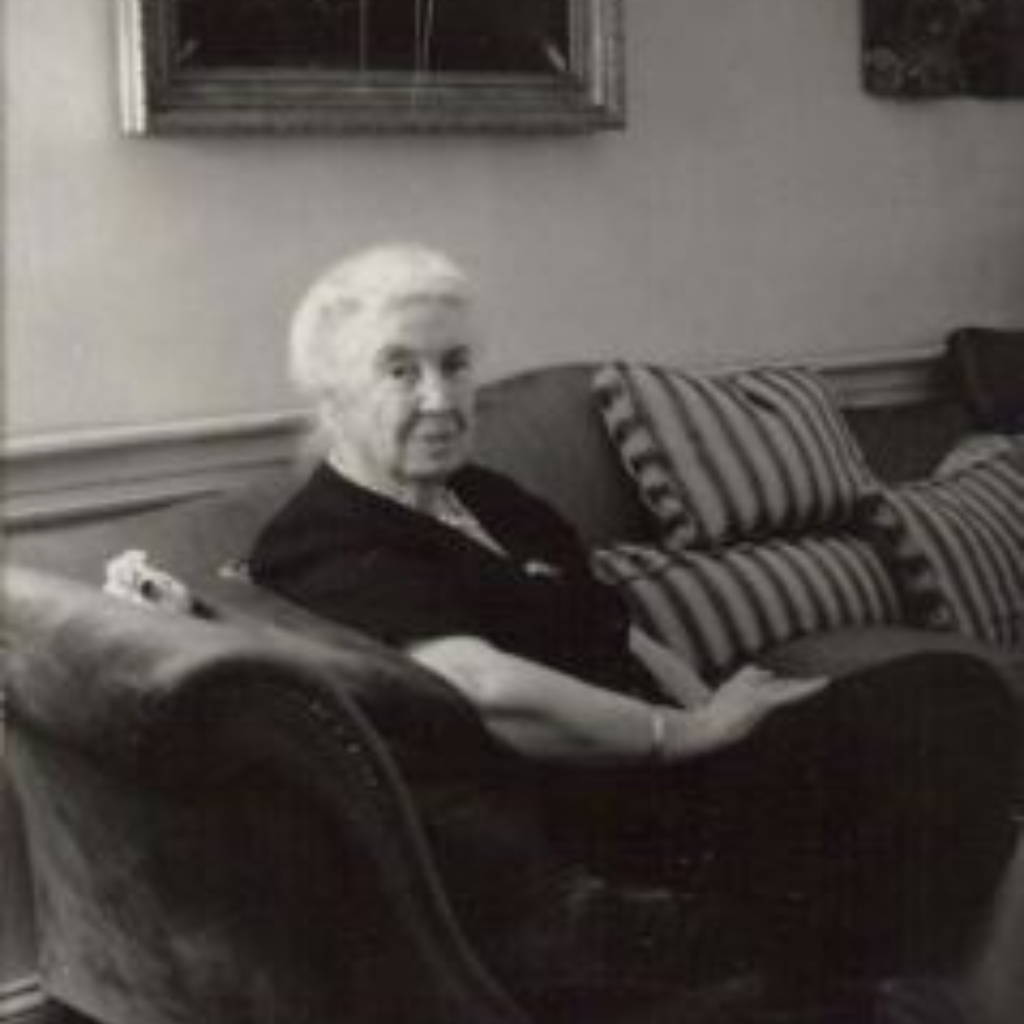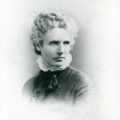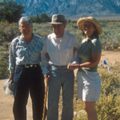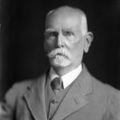Edith Wilder Scott
The Rose Valley Couple
Today is the anniversary of the death of the heiress and horticulturist Edith Wilder Scott.
When Edith was a young woman, she met and fell in love with Arthur Scott at Swarthmore College. Arthur, by the way, invented the throw-away paper towel and was the heir of the Scott Paper Company. After their wedding, the young couple toured New Zealand on a year-long honeymoon.
In the early 1900s, Arthur and Edith bought an old ramshackle country club in Rose Valley, Pennsylvania (near Philadelphia), and they turned it into their home. They christened their new place Todmorden Farm. And, today it is on National Register of Historic Places.
Both Edith and Arthur loved horticulture, and they surrounded Todmorden with gardens. Together they had a special love for lilacs, iris, peonies, and rhododendrons. In fact, Arthur helped found the American Peony Society and was an active member of the American Iris Society. Arthur believed that,
"If a person was interested in horticulture and loved flowers, then he had to be a good man."
Like her husband, Arthur, Edith hybridized many of the plants on their property, which resulted in many awards and medals for her. For her success with horticulture, Edith became a Distinguished Daughter of Pennsylvania in 1950. And she was also bestowed with an honorary degree by Swarthmore College.
In 1929, after Arthur died, Edith worked to establish the Scott Arboretum at Swarthmore College in her husband's honor.
The current arboretum director, Claire Sawyers, said that Edith wanted the arboretum to display ornamental plants that plant lovers could study and learn from. Today, the arboretum contains several plant specimens named for the Scotts, and it also specializes in teaching horticulture by visual demonstration - one of the best ways to learn. And at the time of its creation, the arboretum curator Andrew Bunting added:
"Perhaps Scott's true passion was plants, not paper."
And there's one final sidenote about Arthur Scott that is particularly relevant today: his reason for inventing the paper towel - which was featured in his obituary:
"In the early 1900s, there was a severe flu epidemic in Philadelphia. Arthur heard that a teacher had cut paper for her students to blow their noses on, so he invented a throw-away paper towel. This story was told to the family by Arthur's daughter and the resulting invention is supported by his patent application #US1141495 of Nov. 10, 1910 (issued June 1, 1915). It noted,
'My object is to embody in the towel, cleanliness and antiseptic qualities, coupled with such cheapness that the towel may be destroyed after use. The towels are preferably formed in rolls, so that only one towel at a time may be exposed and detached, the roll form in which the towels are arranged acting to protect the unused towels from absorbing moisture and gases from the atmosphere.'
This is how the paper towel was first marketed as a medical device for sanitation purposes.
The inventions of the paper towel and throw away ScotTissues were two of the most important contributions to our health. Encouraging the washing of hands by providing a disposable towel, minimized the spreading of germs and a multitude of diseases."
This post was featured onThe Daily Gardener podcast:
helping gardeners find their roots,
one story at a time






